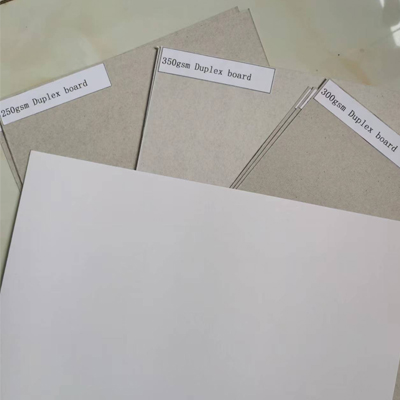- Home
- Exploring the Benefits and Applications of Contact Paper for Laminate Cabinet Solutions
Jul . 27, 2024 20:18 Back to list
Exploring the Benefits and Applications of Contact Paper for Laminate Cabinet Solutions
Understanding Contact Paper for Laminate Cabinets
Contact paper, also known as sticky back plastic or self-adhesive vinyl, has gained popularity as an inexpensive and versatile solution for enhancing the appearance of laminate cabinets. Whether you are looking to refresh an outdated kitchen, add a splash of color, or protect surfaces, contact paper serves as an accessible option for DIY enthusiasts and homeowners alike.
What is Contact Paper?
Contact paper is a thin vinyl film coated with an adhesive backing. It comes in a multitude of colors, patterns, and finishes, ranging from matte and gloss to metal and wood grain. This variety allows consumers to pick a design that complements their existing decor while achieving the look they desire without the cost of a complete remodel.
Benefits of Using Contact Paper
1. Affordability One of the most significant advantages of contact paper is its cost-effectiveness. Compared to traditional cabinet refinishing or replacement, contact paper presents a fraction of the cost. This makes it particularly appealing for those on a budget or for temporary solutions in rental properties.
2. Ease of Application Contact paper is designed to be user-friendly. It typically features a peel-and-stick backing, allowing users to simply cut the paper, peel off the adhesive layer, and apply it directly to the cabinet surface. The process requires minimal tools—usually just a pair of scissors and a smoothing tool or credit card to eliminate air bubbles.
3. Variety of Designs The availability of diverse styles means that homeowners can find contact paper that suits their aesthetic preferences, ranging from classic wood finishes to modern, vibrant patterns. This customization can transform the space, making it feel fresh and new without the permanence of paint or new cabinetry.
4. Protection Beyond aesthetics, contact paper can act as a protective layer for laminate cabinets. It helps guard against scratches, spills, and general wear and tear, extending the life of the cabinets beneath.
contact paper for laminate cabinets products

5. Removability One of the main concerns with cabinet refinishing is the difficulty and mess involved in the process. Contact paper offers a removable solution—when it's time for a change, it can be taken off without leaving a residue or damaging the underlying surface.
Application Tips
While using contact paper may seem straightforward, following a few tips can ensure a successful application
- Preparation Start by cleaning the surfaces thoroughly to remove any grease, dirt, or dust. This step is crucial for ensuring that the adhesive adheres properly.
- Measurements Measure your cabinet surfaces accurately and cut the contact paper slightly larger than the dimensions to allow for adjustments during application.
- Smoothing As you apply the contact paper, work slowly to press out air bubbles. A plastic squeegee or a credit card can help create a smooth finish.
- Sealing Edges To prolong the life of the contact paper and prevent peeling, consider sealing the edges with a suitable adhesive or even a clear coating.
Conclusion
Contact paper presents an innovative and practical approach to enhancing laminate cabinets without the hefty price tag or labor-intensive processes associated with traditional remodeling. With its affordability, variety, ease of use, and protective qualities, it stands out as an ideal choice for those looking to refresh their living spaces. Whether it’s a quick update or an intentional design project, contact paper allows anyone to add personality and style to their cabinets, making it a worthwhile consideration in home decor.
Latest news
-
High-Quality Bathroom Cabinet Contact Paper – Durable & Stylish Leading Suppliers, Exporters, Manufacturers
NewsJul.08,2025
-
Premium Wood Contact Paper for Desk – Reliable Suppliers & Exporters
NewsJul.08,2025
-
Premium Contact Paper for Table Top – Durable & Stylish Surface Solution from Leading Manufacturer
NewsJul.07,2025
-
Duplex Board with Grey Back - Reliable Supplier & Competitive Price Manufacturer & Exporter
NewsJul.07,2025
-
Premium White Contact Paper on Cabinets – Trusted Exporters & Suppliers
NewsJul.06,2025
-
High-Quality Duplex Board Packaging for Food Reliable Manufacturer & Supplier
NewsJul.06,2025

